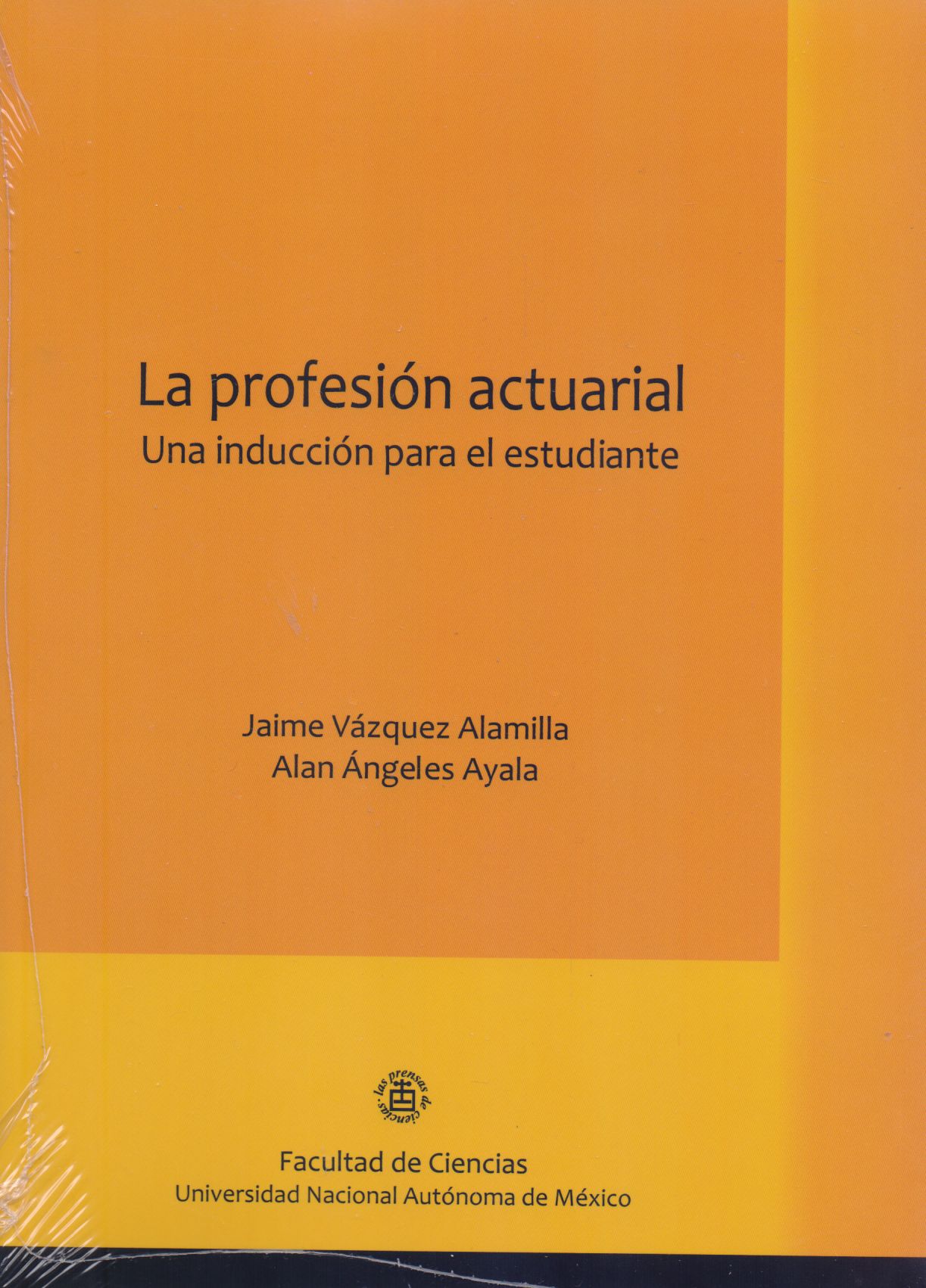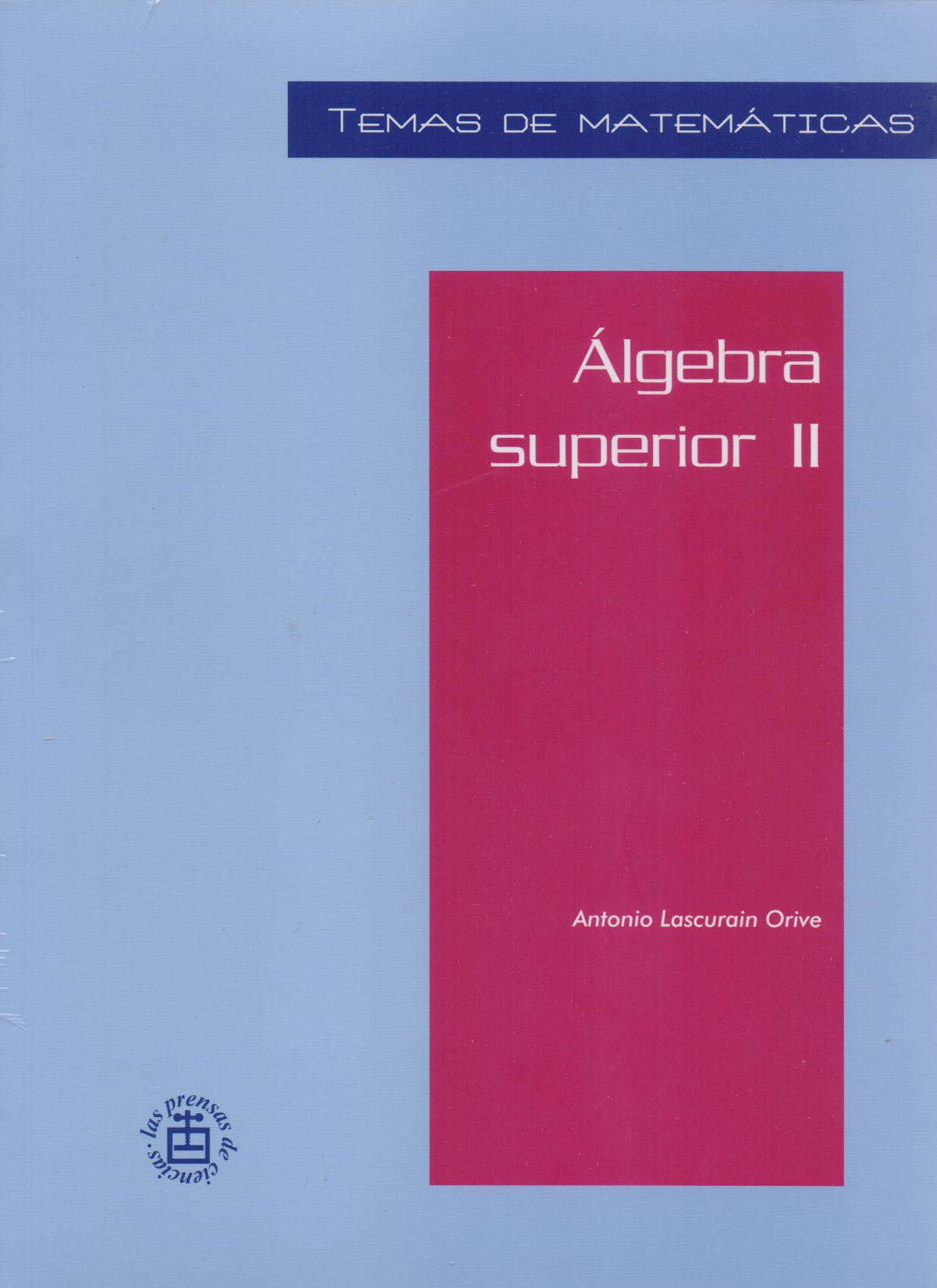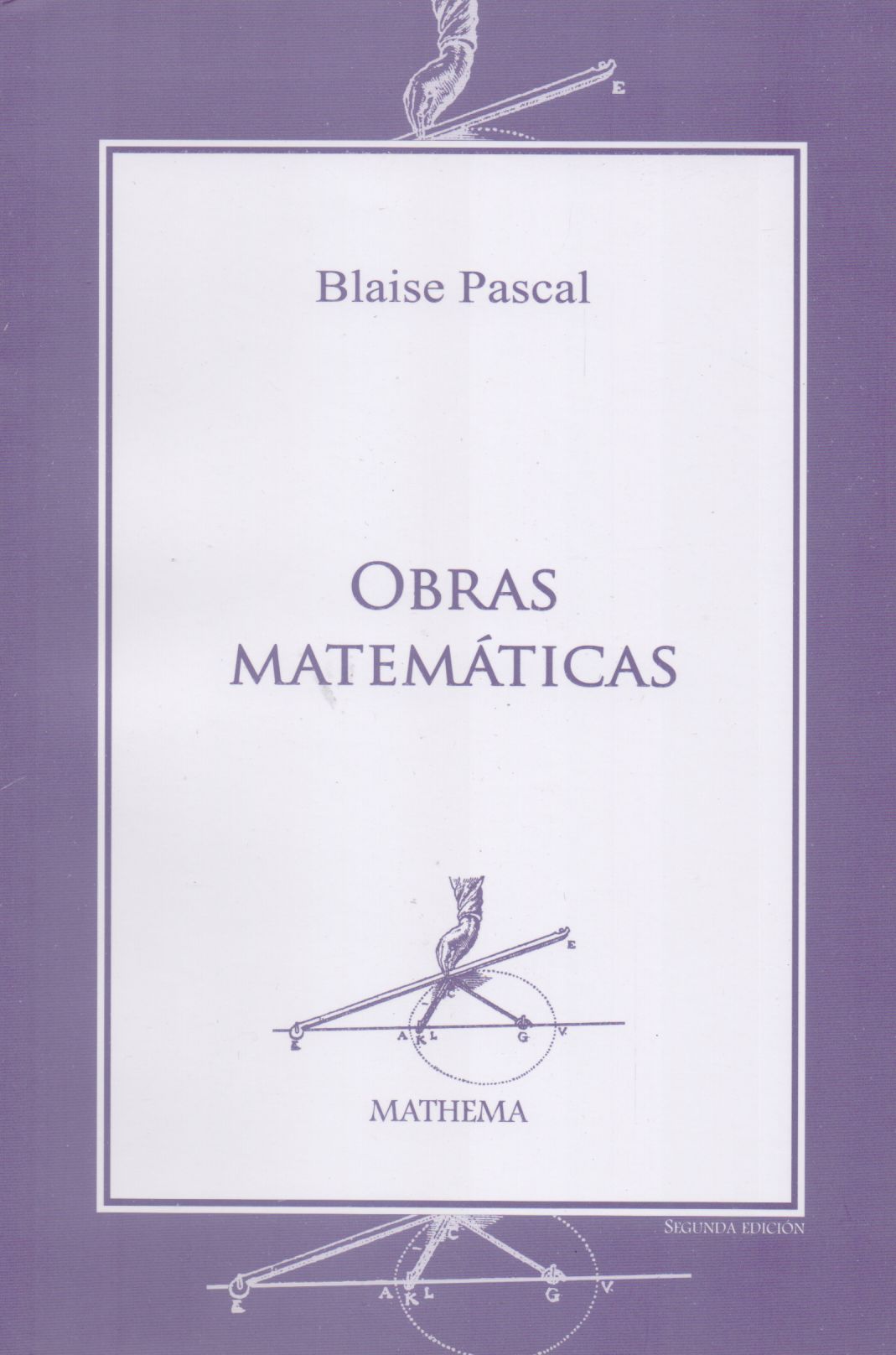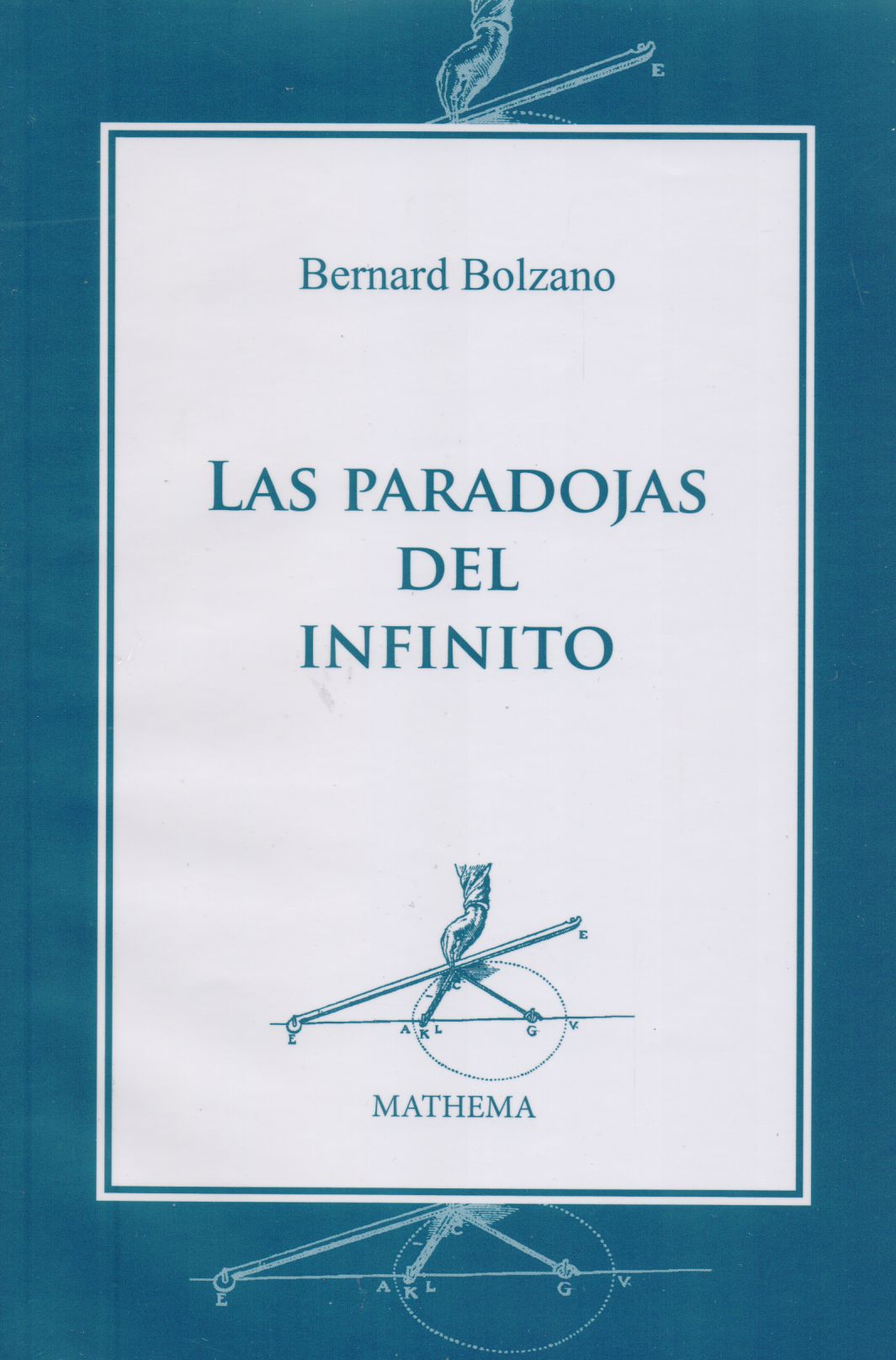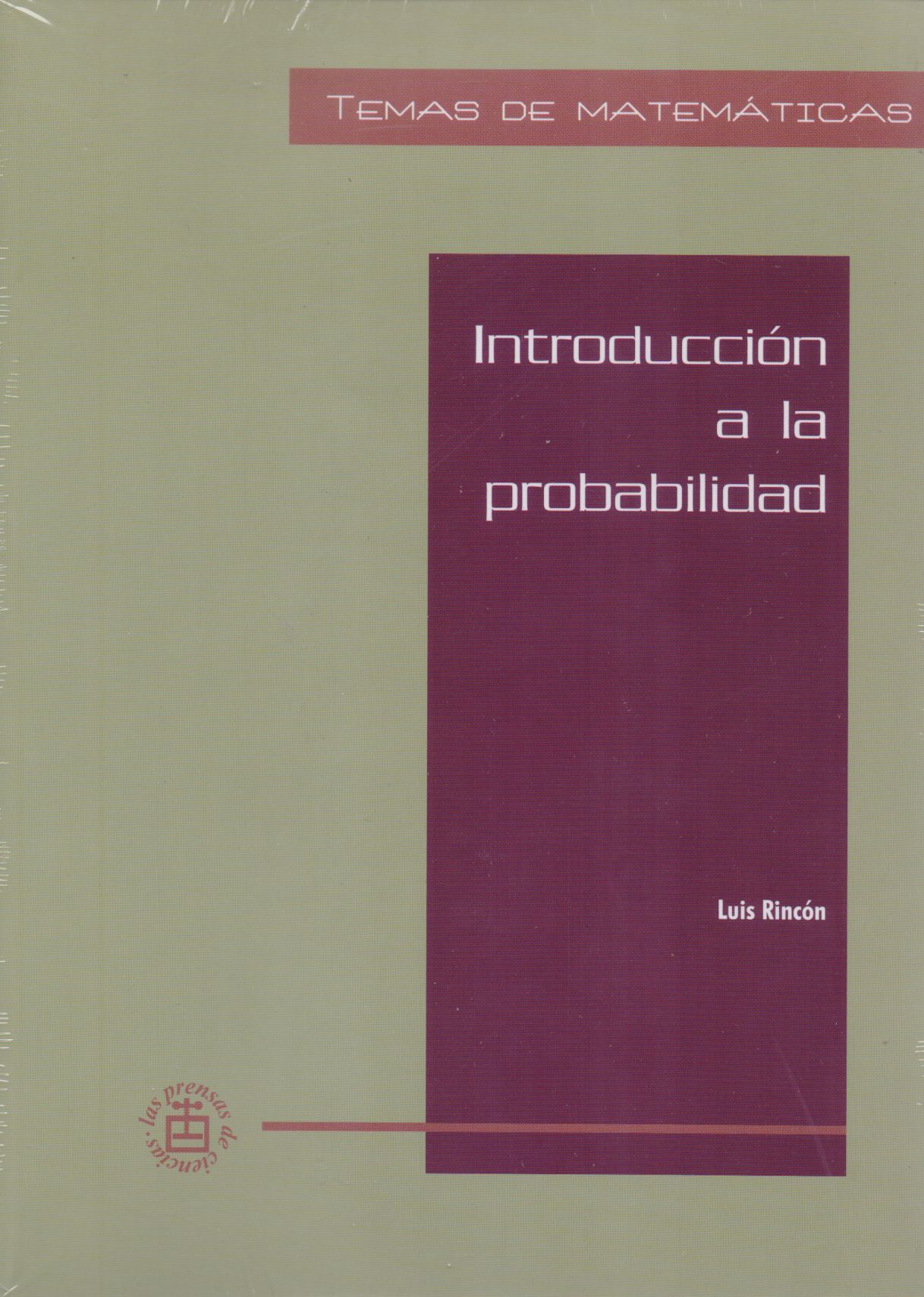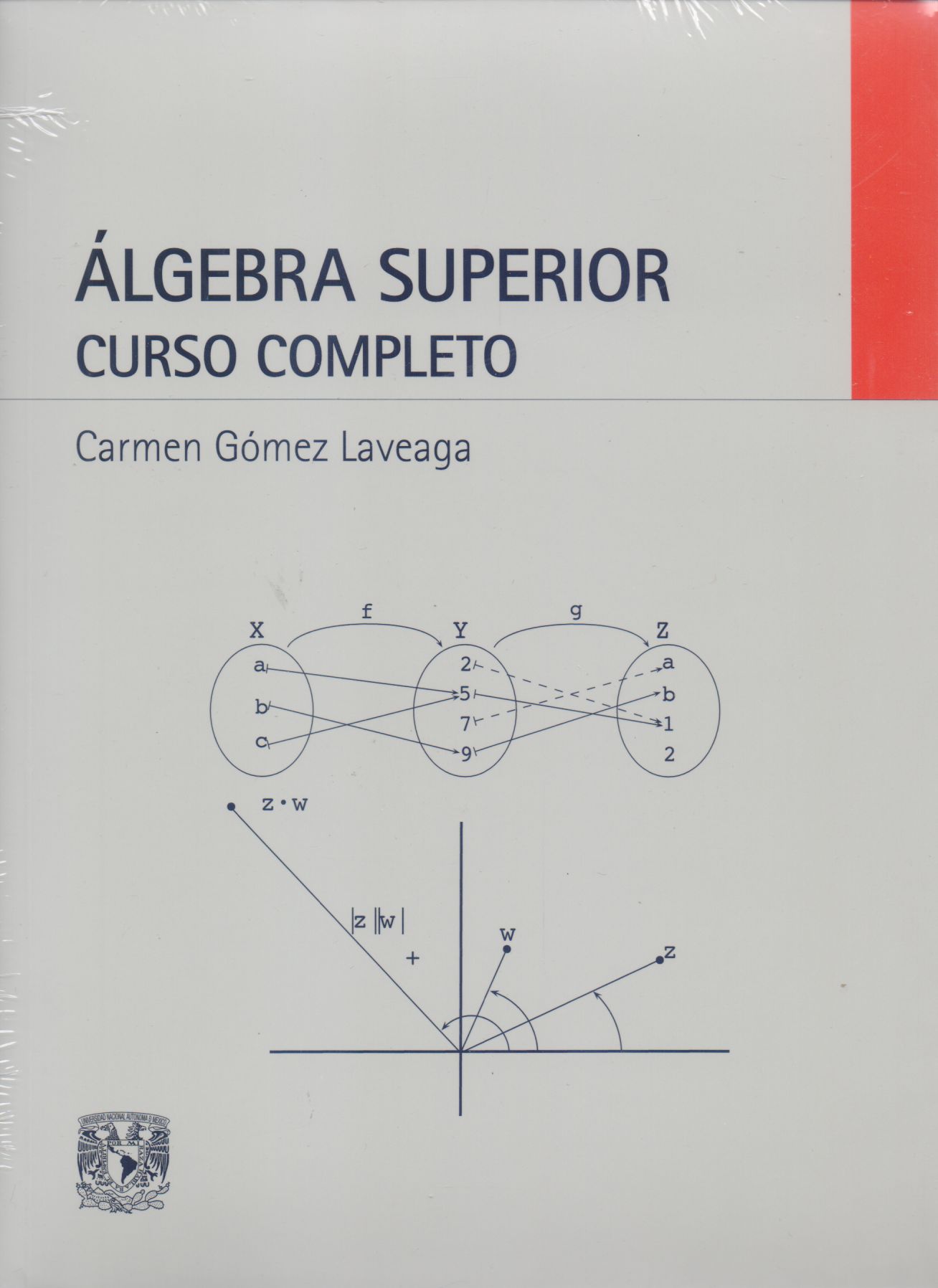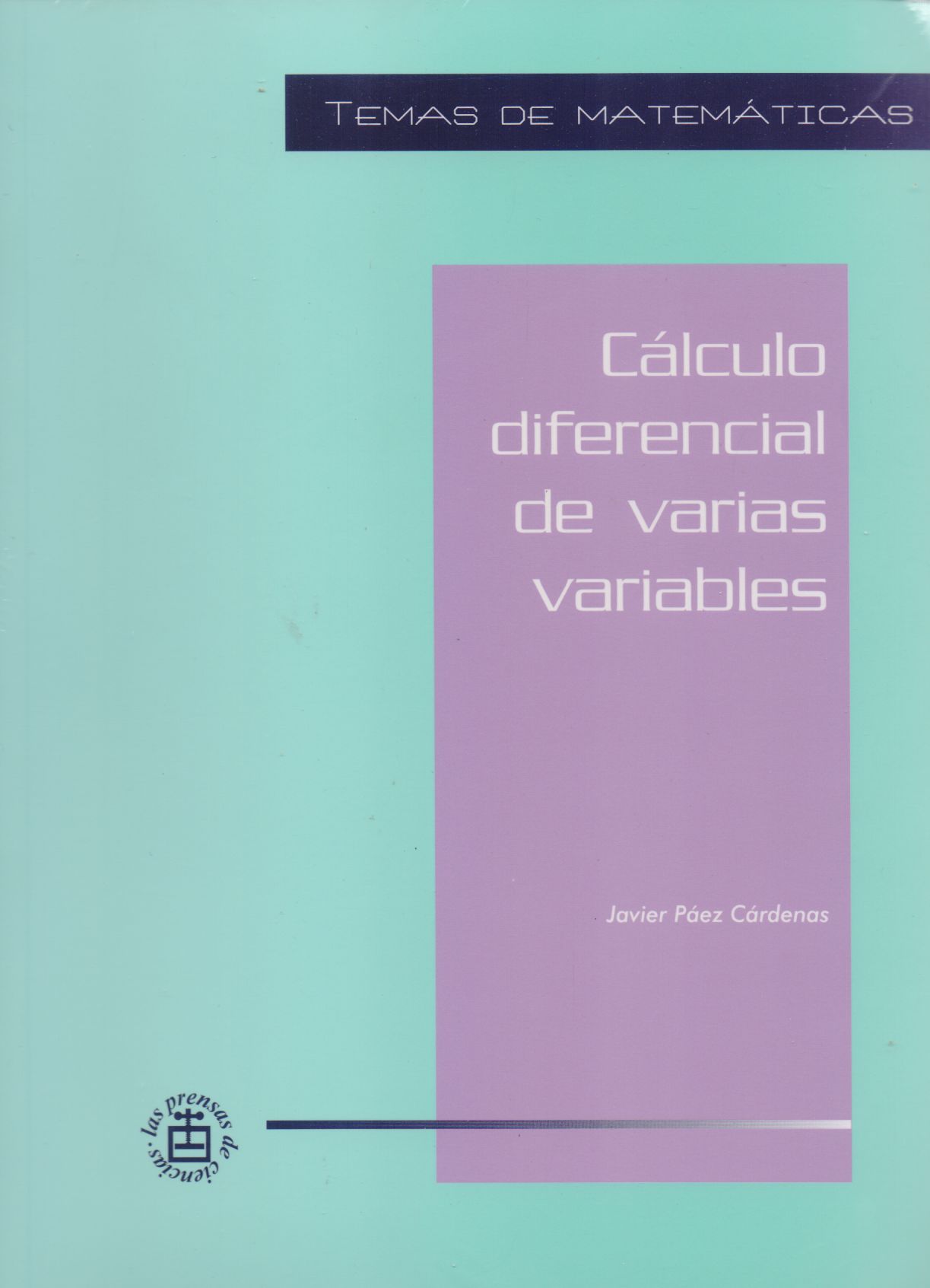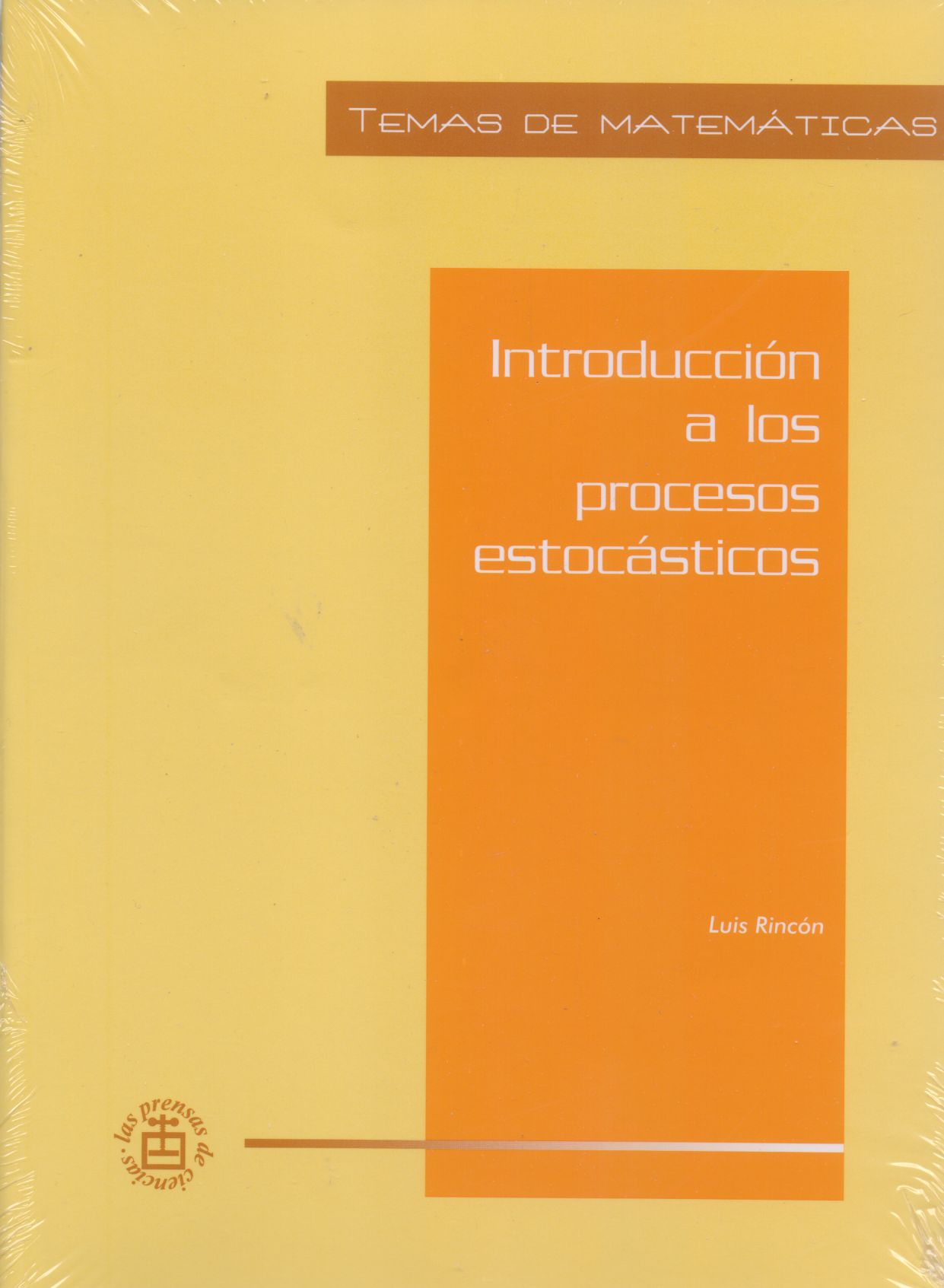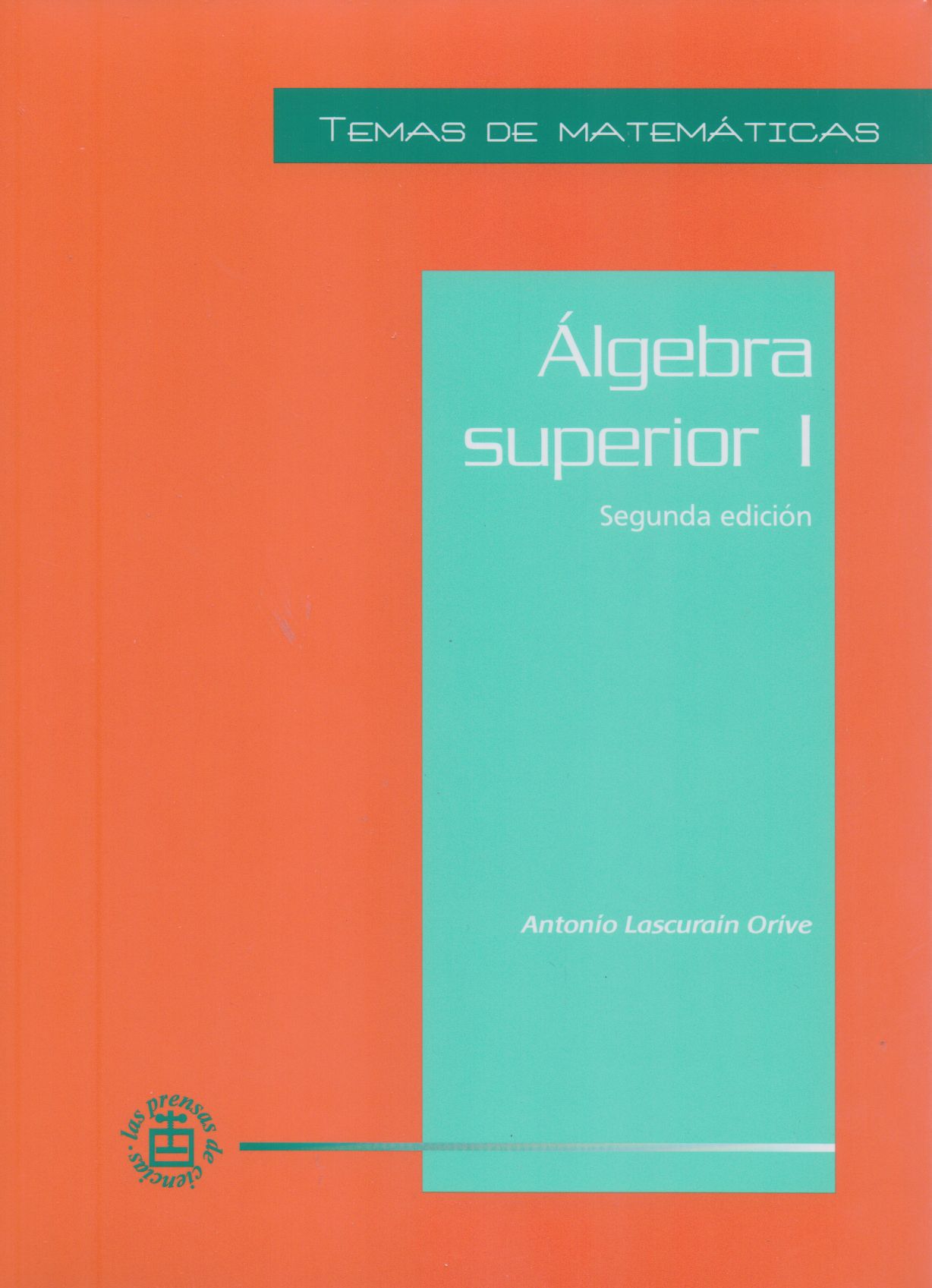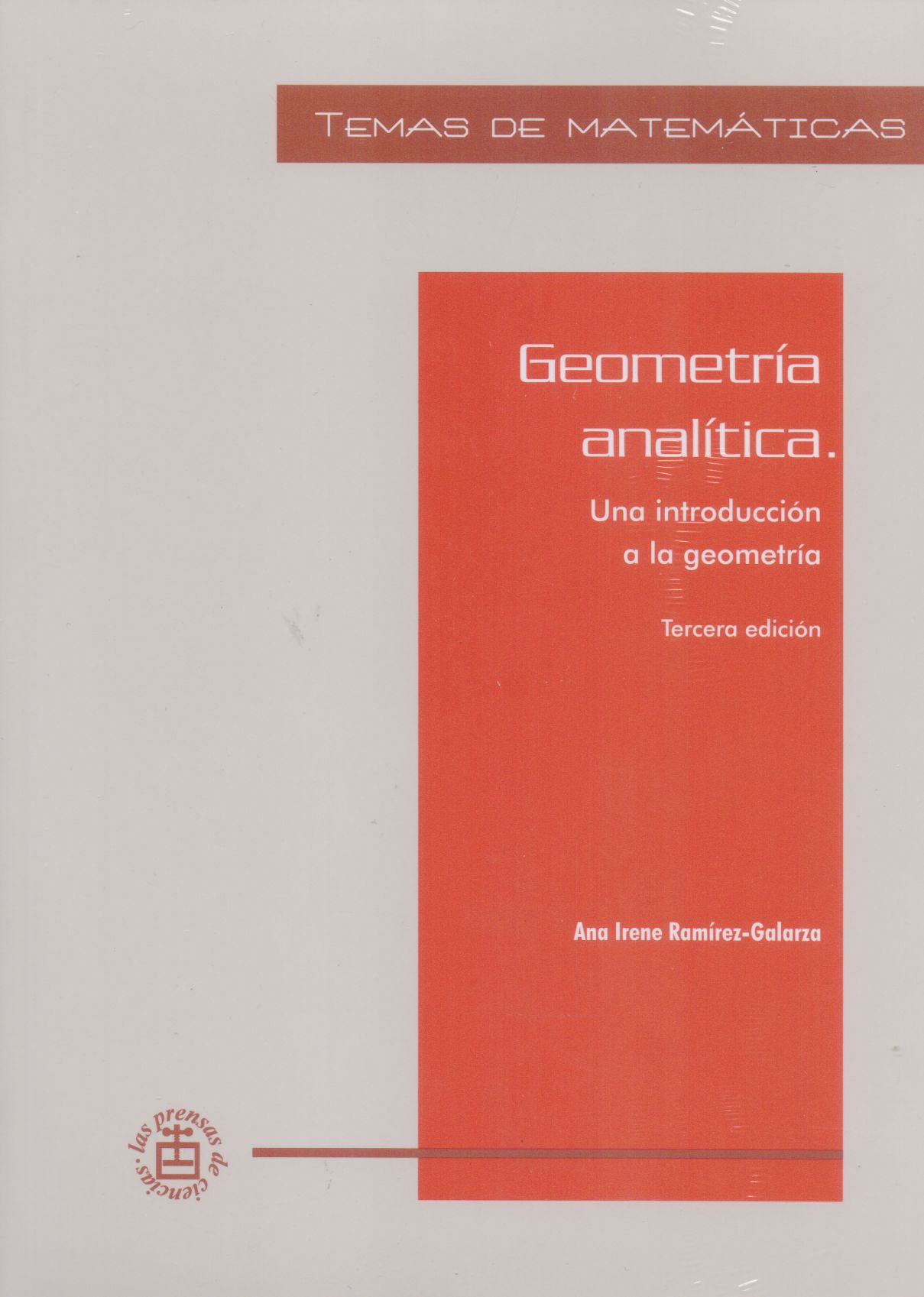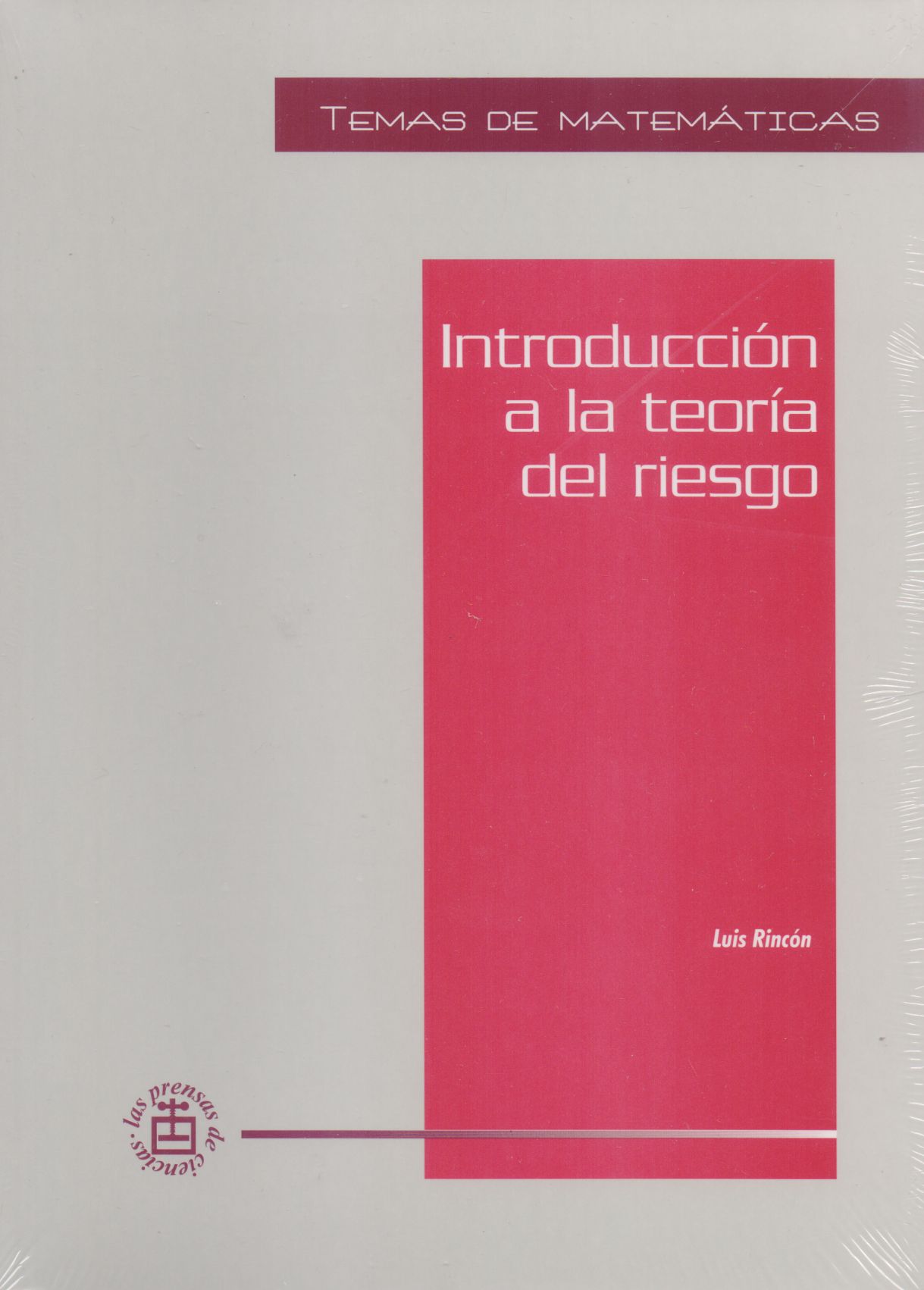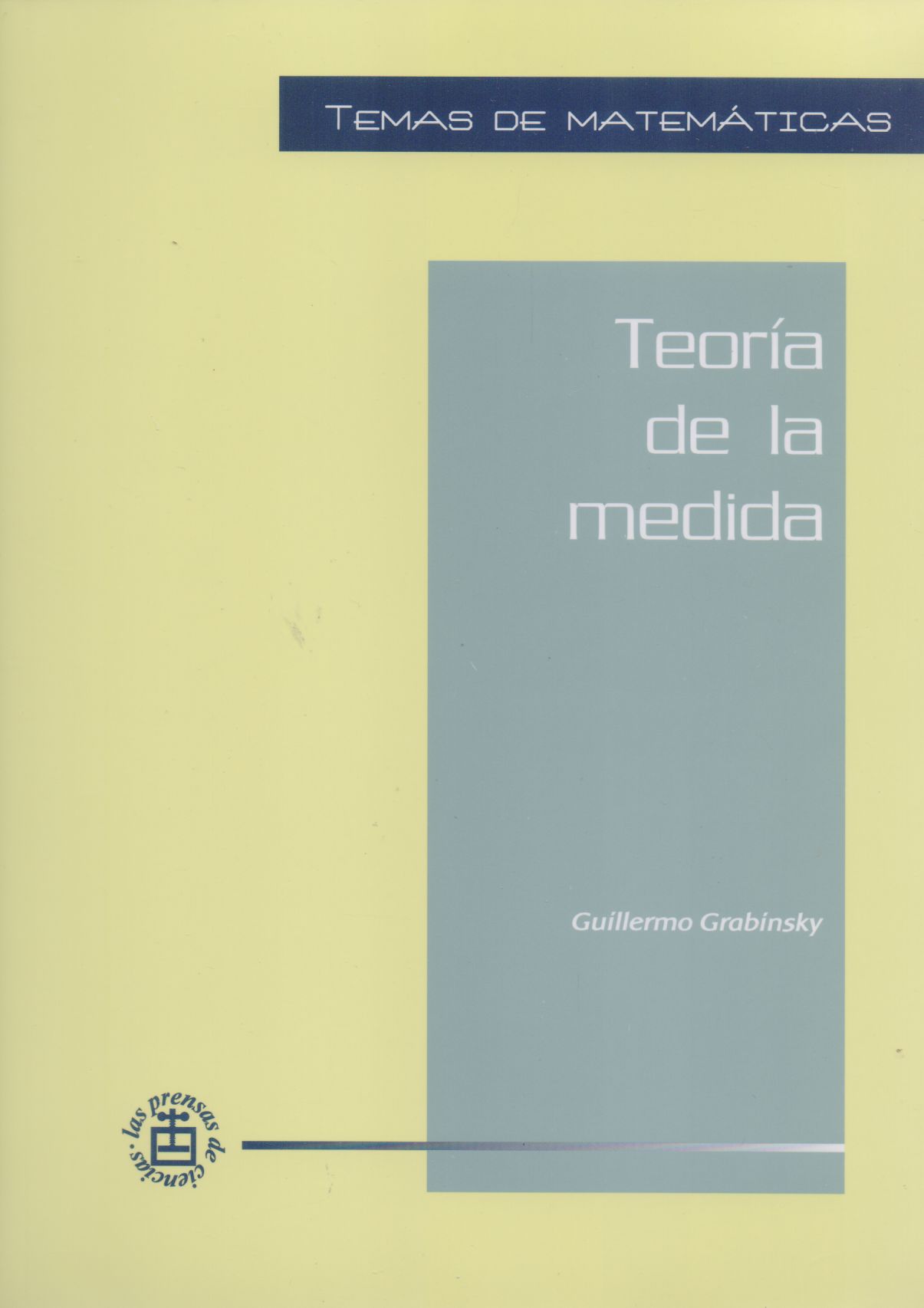Libros relacionados


|
Título: Fundamentals Of Kalman Filtering: A Practical Approach | |
| Autor: Zaechan Paul | Precio: Desconocido | |
| Editorial: American Institute Of Aeronautics Ans Astronautics | Año: 2009 | |
| Tema: Fisica, Matematicas, Matematicas Aplicadas | Edición: 3ª | |
| Sinopsis | ISBN: 9781600867187 | |
| This is a practical guide to building Kalman filters that shows how the filtering equations can be applied to real-life problems. Numerous examples are presented in detail, showing the many ways in which Kalman filters can be designed. Computer code written in FORTRAN, MATLAB[registered],
and True BASIC accompanies all of the examples so that the interested reader can verify concepts and explore issues beyond the scope of the text. In certain instances, the authors intentionally introduce mistakes to the initial filter designs to show the reader what happens when the filter is not working properly. The text carefully sets up a problem before the Kalman filter is actually formulated, to give the reader an intuitive feel for the problem being addressed. Because real problems are seldom presented as differential equations, and usually do not have unique solutions, the authors illustrate several different filtering approaches. Readers will gain experience in software and performance tradeoffs for determining the best filtering approach. The material that has been added to this edition is in response to questions and feedback from readers. The third edition has three new chapters on unusual topics related to Kalman filtering and other filtering techniques based on the method of least squares. Chapter 17 presents a type of filter known as the fixed or finite memory filter, which only remembers a finite number of measurements from the past. Chapter 18 shows how the chain rule from calculus can be used for filter initialization or to avoid filtering altogether. A realistic three-dimensional GPS example is used to illustrate the chain-rule method for filter initialization. Finally, Chapter 19 shows how a bank of linear sine-wave Kalman filters, each one tuned to a different sine-wave frequency, can be used to estimate the actual frequency of noisy sinusoidal measurements and obtain estimates of the states of the sine wave when the measurement noise is low. |
||
Librería Bonilla SA de CV © Todos los derechos reservados. 2019
Última actualización: Jul 2019



